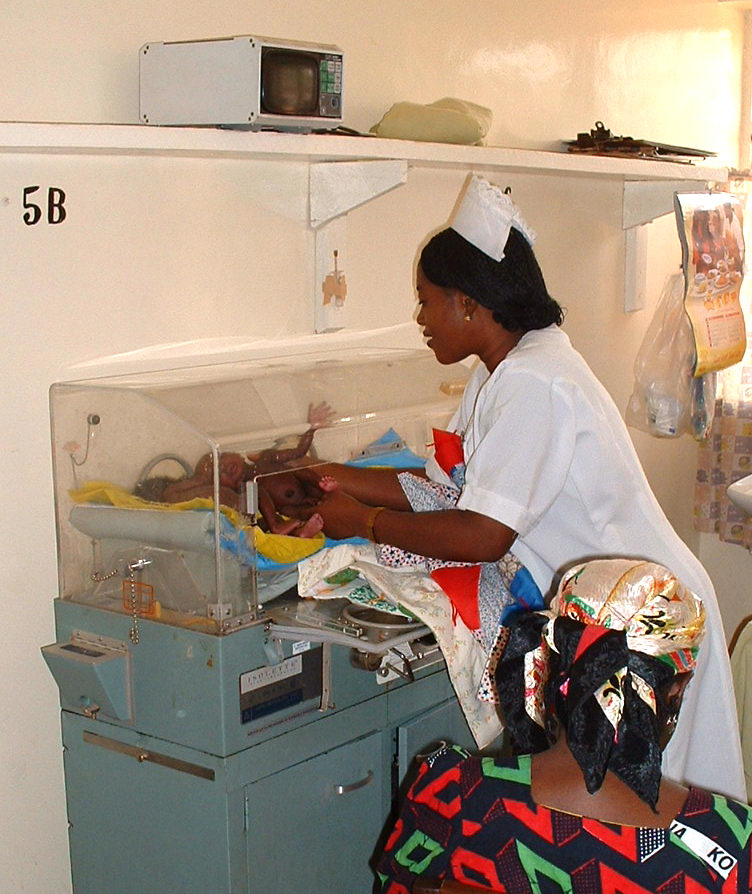|
Pediatric Nursing
Pediatric nursing is part of the nursing profession, specifically revolving around the care of neonates and children up to adolescence. The word, ''pediatrics'', comes from the Greek words 'paedia' (child) and 'iatrike' (physician). 'Paediatrics' is the British/Australian spelling, while 'pediatrics' is the American spelling. Disciplines Direct nursing Nursing functions vary regionally, by individual education, experience, and individual career goals. These functions include the administration of procedures and medicines according to prescribed nursing care plans. Nurses observe vital signs and develop communication skills with children and family members, as well as with other medical personnel. Awareness of the concerns of children and parents, physical presence at times of stress, and helping children and family members cope are common functions of direct nursing care Neonatal nursing Neonatal nurses specialize in working with the youngest patients(infants). Neonatal nursing ... [...More Info...] [...Related Items...] OR: [Wikipedia] [Google] [Baidu] |
Nursing
Nursing is a profession within the health care sector focused on the care of individuals, families, and communities so they may attain, maintain, or recover optimal health and quality of life. Nurses may be differentiated from other health care providers by their approach to patient care, training, and scope of practice. Nurses practice in many specialties with differing levels of prescription authority. Nurses comprise the largest component of most healthcare environments; but there is evidence of international shortages of qualified nurses. Many nurses provide care within the ordering scope of physicians, and this traditional role has shaped the public image of nurses as care providers. Nurse practitioners are nurses with a graduate degree in advanced practice nursing. They are however permitted by most jurisdictions to practice independently in a variety of settings. Since the postwar period, nurse education has undergone a process of diversification towards advanc ... [...More Info...] [...Related Items...] OR: [Wikipedia] [Google] [Baidu] |
Neonate
An infant or baby is the very young offspring of human beings. ''Infant'' (from the Latin word ''infans'', meaning 'unable to speak' or 'speechless') is a formal or specialised synonym for the common term ''baby''. The terms may also be used to refer to juveniles of other organisms. A newborn is, in colloquial use, an infant who is only hours, days, or up to one month old. In medical contexts, a newborn or neonate (from Latin, ''neonatus'', newborn) is an infant in the first 28 days after birth; the term applies to premature, full term, and postmature infants. Before birth, the offspring is called a fetus. The term ''infant'' is typically applied to very young children under one year of age; however, definitions may vary and may include children up to two years of age. When a human child learns to walk, they are called a toddler instead. Other uses In British English, an ''infant school'' is for children aged between four and seven. As a legal term, ''infancy'' is more lik ... [...More Info...] [...Related Items...] OR: [Wikipedia] [Google] [Baidu] |
Nursing Care Plan
A nursing care plan provides direction on the type of nursing care the individual/family/community may need. The main focus of a nursing care plan is to facilitate standardised, evidence-based and holistic care. Nursing care plans have been used for quite a number of years for human purposes and are now also getting used in the veterinary profession. A care plan includes the following components: assessment, diagnosis, expected outcomes, interventions, rationale and evaluation. According to UK nurse Helen Ballantyne, care plans are a critical aspect of nursing and they are meant to allow standardised, evidence-based holistic care. It is important to draw attention to the difference between ''care plan'' and ''care planning''. Care planning is related to identifying problems and coming up with solutions to reduce or remove the problems. The care plan is essentially the documentation of this process. It includes within it a set of actions the nurse will apply to resolve/support nurs ... [...More Info...] [...Related Items...] OR: [Wikipedia] [Google] [Baidu] |
Vital Signs
Vital signs (also known as vitals) are a group of the four to six most crucial medical signs that indicate the status of the body's vital (life-sustaining) functions. These measurements are taken to help assess the general physical health of a person, give clues to possible diseases, and show progress toward recovery. The normal ranges for a person's vital signs vary with age, weight, gender, and overall health. There are four primary vital signs: body temperature, blood pressure, pulse (heart rate), and breathing rate (respiratory rate), often notated as BT, BP, HR, and RR. However, depending on the clinical setting, the vital signs may include other measurements called the "fifth vital sign" or "sixth vital sign". Vital signs are recorded using the LOINC internationally accepted standard coding system. Early warning scores have been proposed that combine the individual values of vital signs into a single score. This was done in recognition that deteriorating vital signs oft ... [...More Info...] [...Related Items...] OR: [Wikipedia] [Google] [Baidu] |
Neonatal Intensive Care Unit
A neonatal intensive care unit (NICU), also known as an intensive care nursery (ICN), is an intensive care unit (ICU) specializing in the care of ill or premature newborn infants. Neonatal refers to the first 28 days of life. Neonatal care, as known as specialized nurseries or intensive care, has been around since the 1960s. The first American newborn intensive care unit, designed by Louis Gluck, was opened in October 1960 at Yale New Haven Hospital. NICU is typically directed by one or more neonatologists and staffed by resident physicians, nurses, nurse practitioners, pharmacists, physician assistants, respiratory therapists, and dietitians. Many other ancillary disciplines and specialists are available at larger units. The term ''neonatal'' comes from ''neo'', "new", and ''natal'', "pertaining to birth or origin". Nursing and neonatal populations Healthcare institutions have varying entry-level requirements for neonatal nurses. Neonatal nurses are registered ... [...More Info...] [...Related Items...] OR: [Wikipedia] [Google] [Baidu] |
Dysmaturity Intrauterine g |

.jpg)

.png)
